How I Treat Von Willebrand Disease
How i treat von willebrand disease. Low platelet adhesion to injured blood vessels and defective intrinsic coagulation owing to low plasma levels of factor VIII. Adjunctive therapies common in other types of VWD are also useful in type 2B VWD including antifibrinolytics aminocaproic acid tranexamic acid topical hemostatic agents and interventions for uterine bleeding intrauterine devices hormonal therapies anatomic measures. Tranexamic acid available as tablets a mouthwash or an injection.
Desmopressin is able to transiently correct the deficiency of FVIII and VWF for up to 8-12 h in a significant proportion of patients with type 1 von Willebrand disease and factor VIII and von Willebrand. Gastrointestinal GI bleeding is distinctive of severe von Willebrand disease VWD generally arising in older patients. This approach would help identify those subjects who will probably benefit from a diagnosis of VWD.
The next step involves performing a trial infusion with desmopressin in all patients who fail to exhibit an enhanced responsiveness to ristocetin. Desmopressin available as a nasal spray or injection. 1-Desamino-8-d-arginine vasopressin DDAVP is controversial because of exacerbation of thrombocytopenia but is in practice sometimes used for minor bleeding.
Recent multicenter studies have clarified the molecular basis underlying the different von Willebrand disease VWD types all of which are caused by the deficiency andor abnormality of von Willebrand factor VWF. The aim of treatment is to correct either the abnormalreduced von Willebrand factor and the associated deficiency of factor VIII when present. The choice depends on patient factors and convenience.
In most cases blood transfusion and hospitalization are required. If available tranexamic acid mouthwash is also extremely useful for. From the National Heart Lung and Blood Institute National Institutes of Health.
These guidelines for diagnosis and management of von Willebrand disease VWD were developed for practicing primary care and specialist cliniciansincluding family physicians internists obstetrician-gynecologists pediatricians and nurse-practitionersas well as. There are no evidence-based guidelines to direct therapy in these patients and management strategies that incorporate anticoagulation must weigh a treatment that carries a risk of hemorrhage in a patient who is already at heightened risk against the potential consequences of not treating the thrombotic event. Von Willebrand disease vWD is a frequent inherited disorder of hemostasis that affects both sexes.
The presence of arteriovenous malformations is often described when endoscopic examinations are. How I treat von Willebrand disease.
For example the intravenous route will mostly be used for patients undergoing surgery.
Adjunct therapies useful in other types of VWD such as antifibrinolytics are also used in type 2B VWD. This approach would help identify those subjects who will probably benefit from a diagnosis of VWD. From OMIM Von Willebrand disease is the most common inherited bleeding disorder. Von Willebrand disease vWD is a frequent inherited disorder of hemostasis that affects both sexes. Two abnormalities are characteristic of the disease which is caused by a deficiency or a defect in the multimeric glycoprotein called von Willebrand factor. If available tranexamic acid mouthwash is also extremely useful for. Your doctor may also give you medicine to help stop bleeding when it happens. Gastrointestinal GI bleeding is distinctive of severe von Willebrand disease VWD generally arising in older patients. Tranexamic acid available as tablets a mouthwash or an injection.
It is characterized clinically by mucocutaneous bleeding such as epistaxis and menorrhagia and prolonged bleeding after surgery or trauma. These guidelines for diagnosis and management of von Willebrand disease VWD were developed for practicing primary care and specialist cliniciansincluding family physicians internists obstetrician-gynecologists pediatricians and nurse-practitionersas well as. In most cases blood transfusion and hospitalization are required. Desmopressin is able to transiently correct the deficiency of FVIII and VWF for up to 8-12 h in a significant proportion of patients with type 1 von Willebrand disease and factor VIII and von Willebrand factor levels 10 UdL. 2 Furthermore significant bleeding symptoms due to reduced VWF levels have been observed. There are 3 main medicines that can help stop bleeds. It is characterized clinically by mucocutaneous bleeding such as epistaxis and menorrhagia and prolonged bleeding after surgery or trauma.














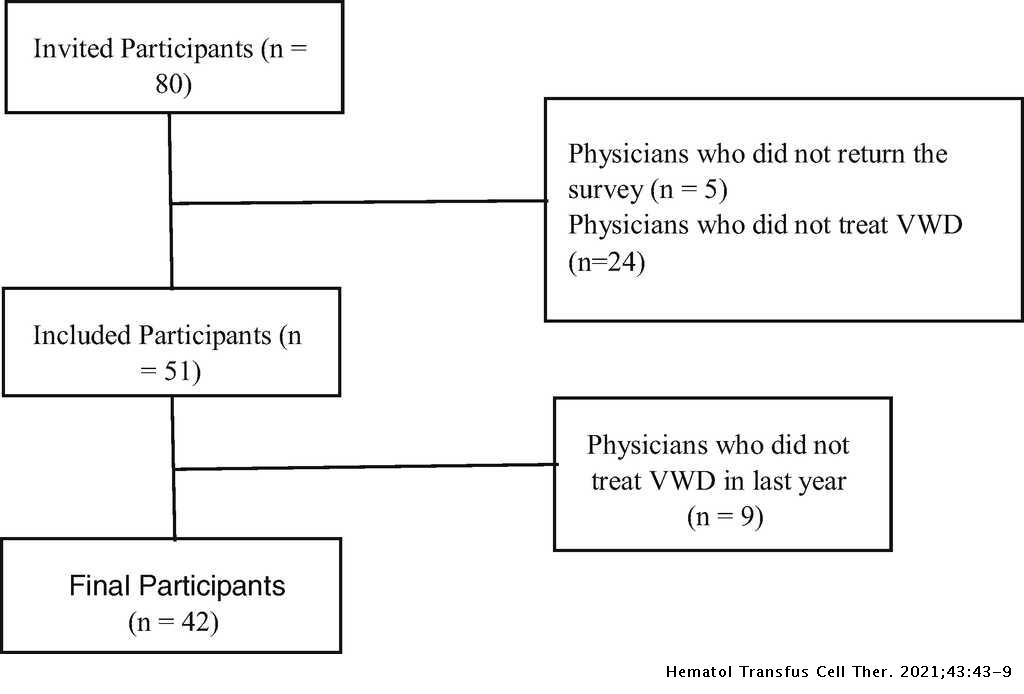



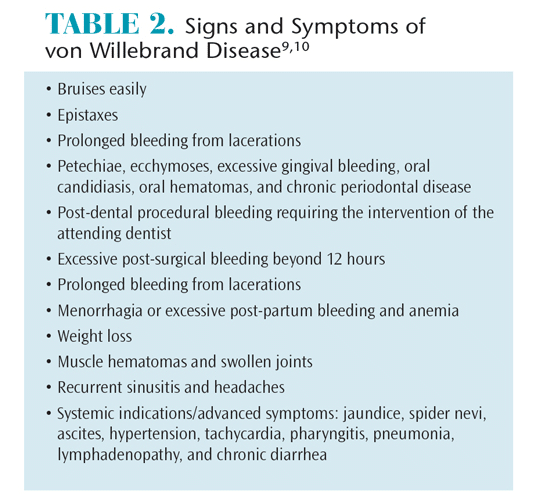






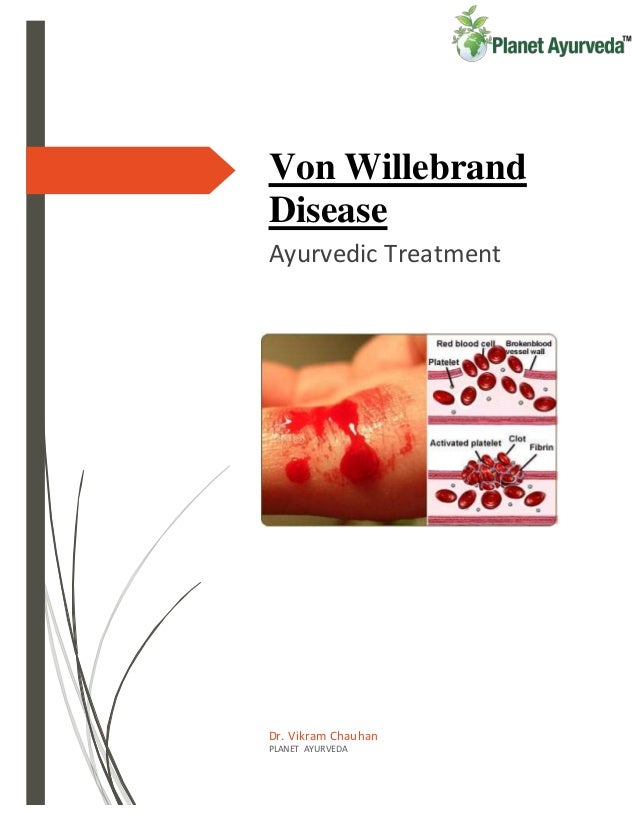
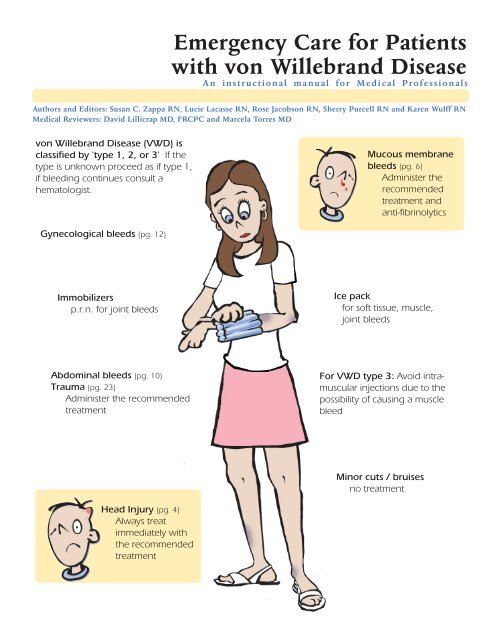

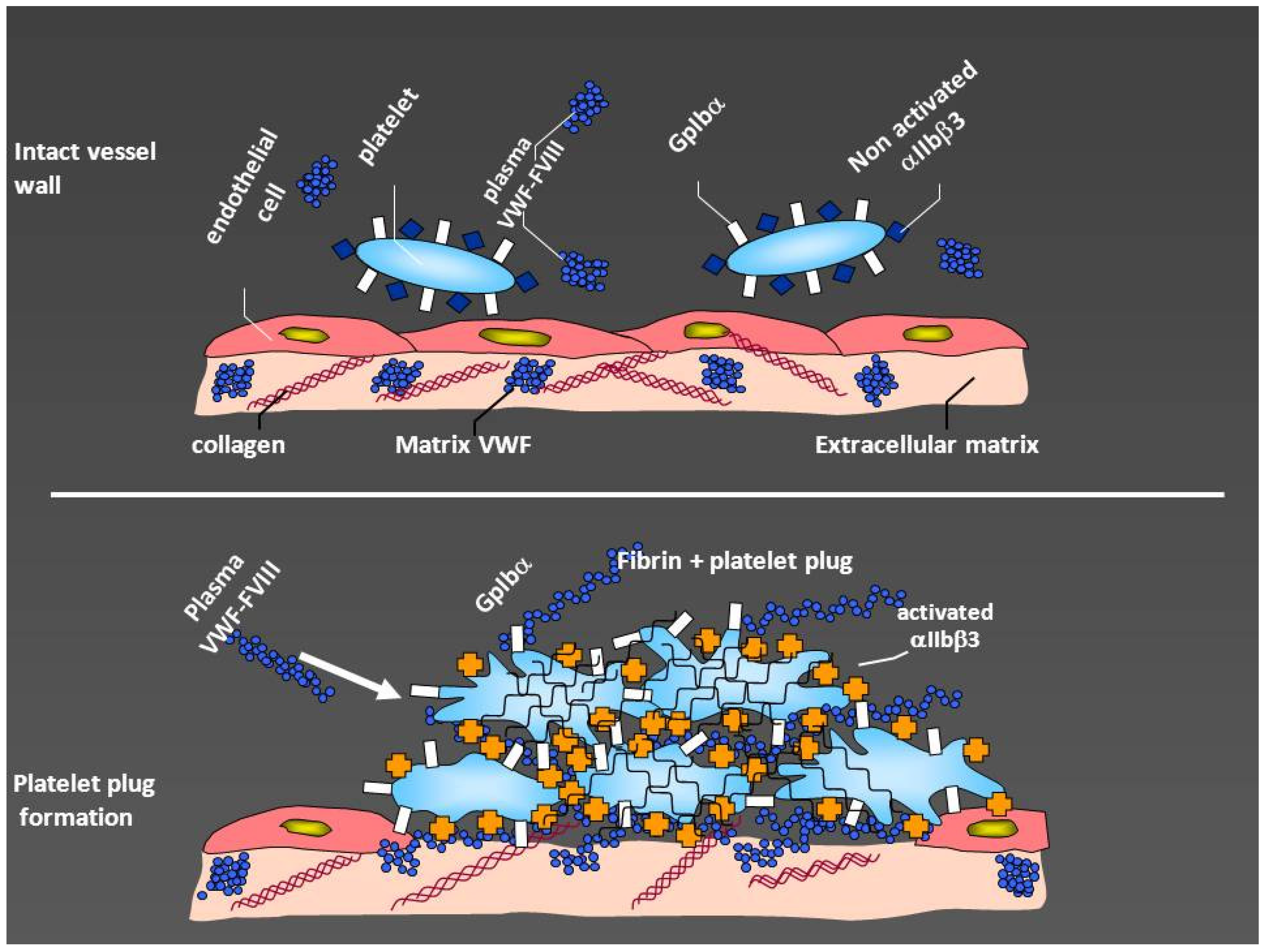



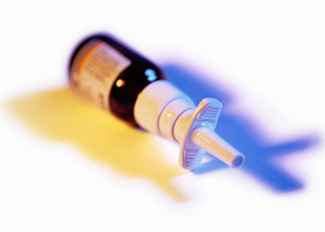








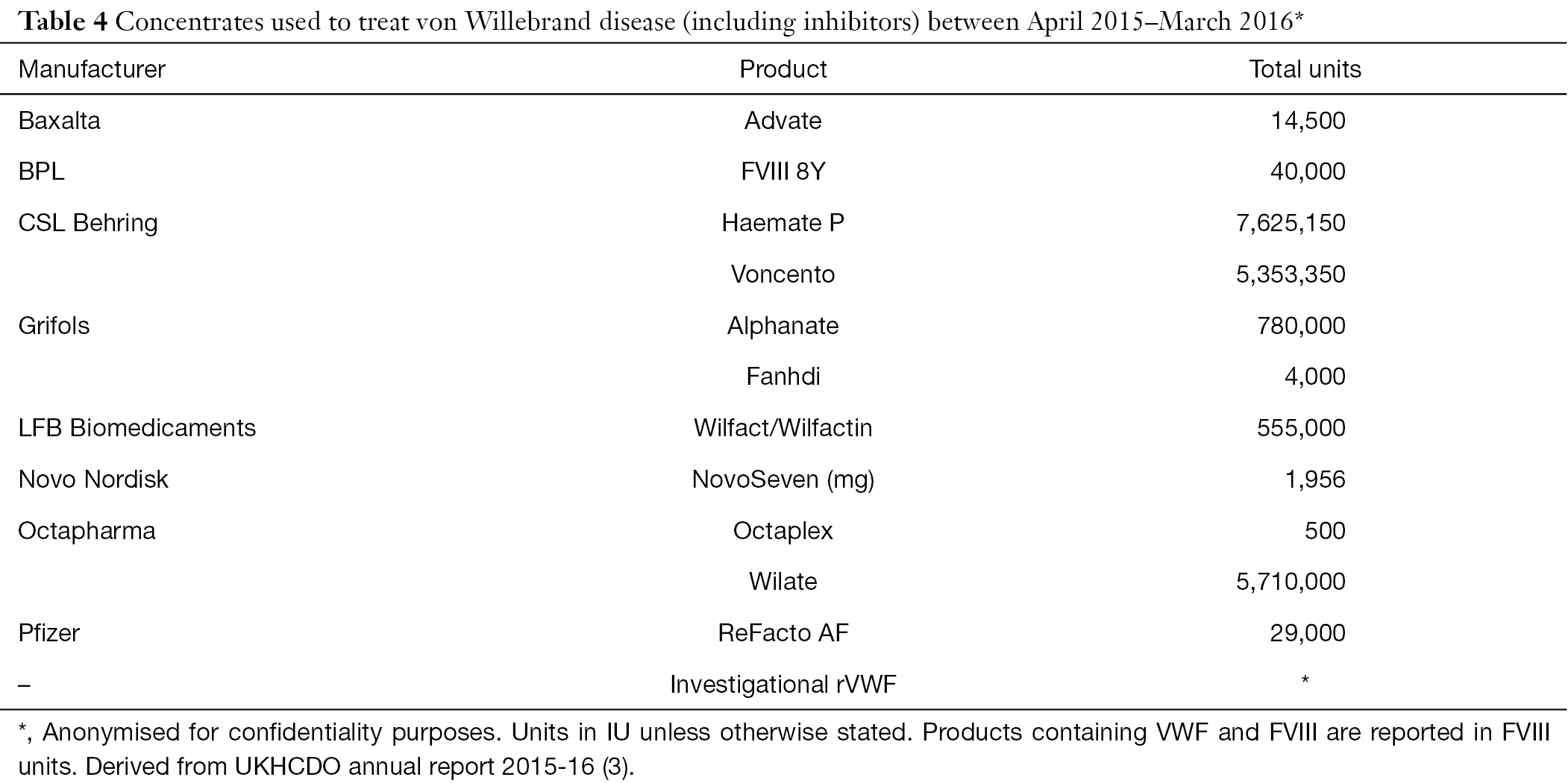
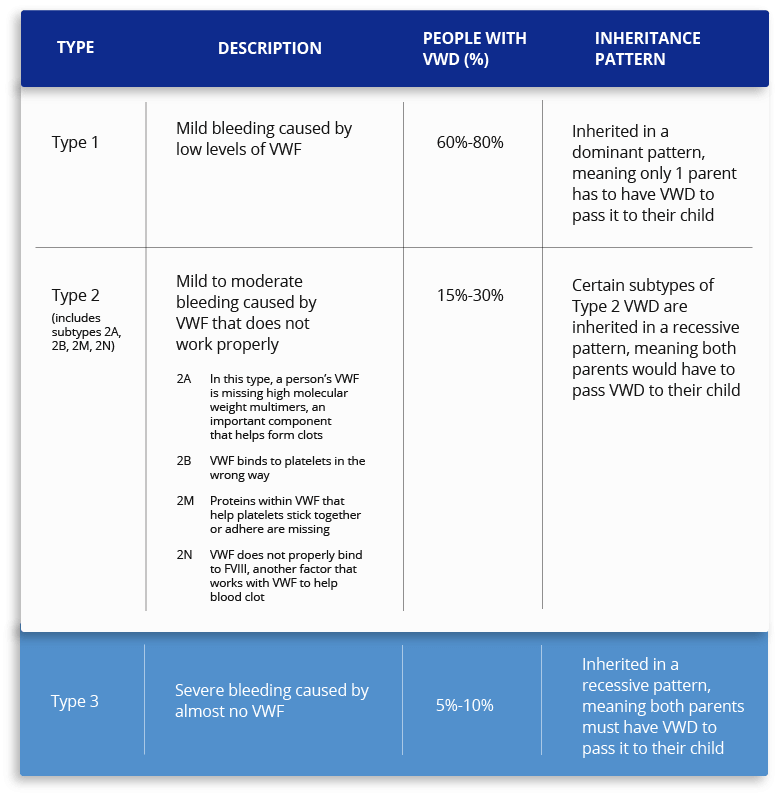


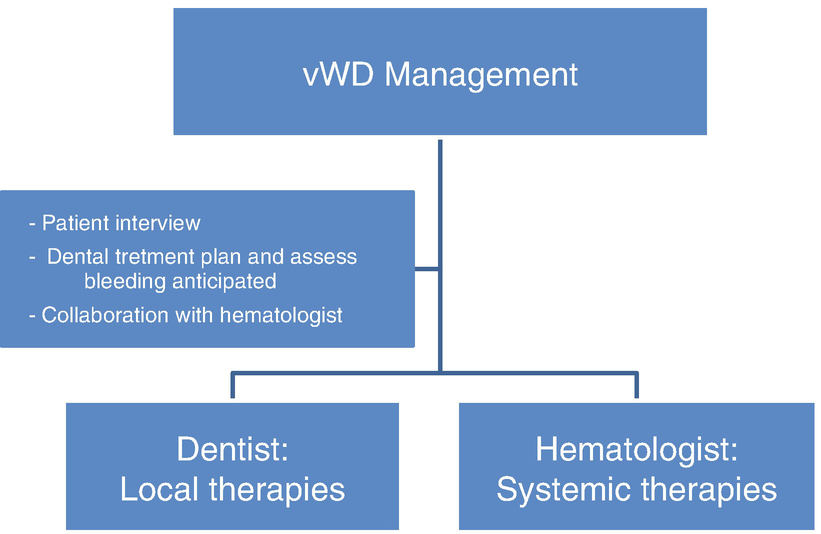
Post a Comment for "How I Treat Von Willebrand Disease"